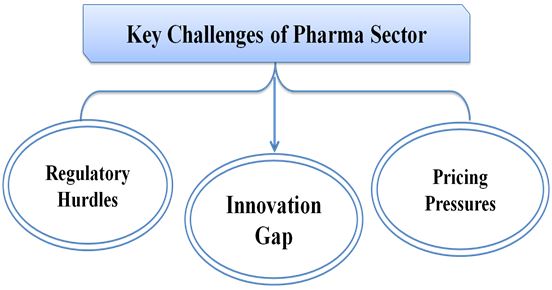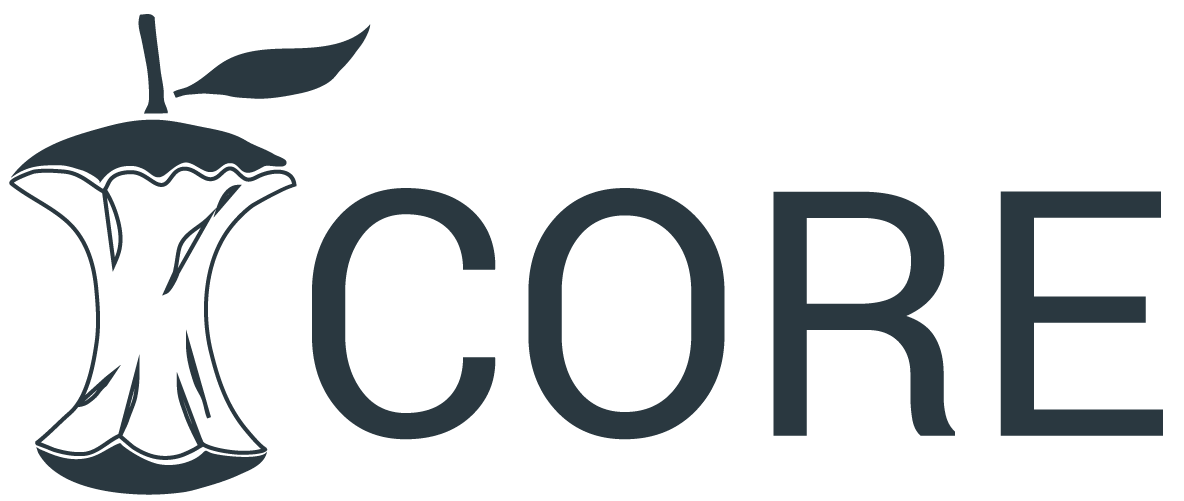A Case Study on Pharmaceutical Sector: Indian Context
DOI:
https://doi.org/10.5281/zenodo.14728984Keywords:
indian pharma sector, biologics and biosimilars, production linked incentive (pli) scheme, e-pharmacy, healthcare innovation, regulatory challenges, drug discovery, pricing regulationsAbstract
The Indian pharmaceutical sector has recorded a remarkable growth with tremendous scope of service offering and employment. The sector ranks as the third-largest pharmaceutical market globally by volume and 14th by value, playing a critical role in making healthcare accessible worldwide. With over 10,000 manufacturing units and more than 3,000 pharmaceutical companies, India is a major exporter of medicines, supplying over 200 countries, including highly regulated markets like the United States and the European Union. Additionally, India’s adherence to stringent global standards, such as those set by the U.S. Food and Drug Administration (FDA) and the World Health Organization’s Good Manufacturing Practices (WHO-GMP), has cemented its reputation as a reliable supplier of safe and effective pharmaceuticals. (www.ibef.org, 2024)
The Indian pharmaceutical firms have consistently prioritized quality, resulting in the production of affordable yet reliable medicines. India’s pharmaceutical sector is also experiencing a digital transformation, integrating cutting-edge technologies to enhance efficiency and patient care. This case study explores the Indian pharmaceutical sector, focusing on its current status, associated dilemmas, and strategies to address them. It provides insights into the dynamics of the industry within the Indian context, offering a practical understanding for students, business owners, and executives in the pharmaceutical sector. The case literature also contributes Teaching Notes at the end of the case for the case Instructors referring the case.
Downloads
References
www.pharmexcil.com.
www.ibef.org.
https://blog.i-nexus.com/10-challenges-facing-the-pharmaceutical-industry.
https://www.globalpharmatek.com/blog/top-12-pharmaceutical-industry-trends-in-2024/.
https://efpia.eu/media/2rxdkn43/the-pharmaceutical-industry-in-figures-2024.pdf.
Sonwane, S. B., & Pandey, R. K. (2024). A study on review of pharmaceutical market in Indian context. Applied Science and Biotechnology Journal for Advanced Research, 3(2), 26-33.
Patel, P., & Pandey, R. K. (2024). A review study on insecure food habits and its impact on health & healthcare. Applied Science and Biotechnology Journal for Advanced Research, 3(3), 1-7.
Rajput, K., & Pandey, R. K. (2022). Pharmaceutical marketing: A literature review. International Journal of Engineering and Management Research, 12(2), 56-63.

Published
How to Cite
Issue
Section
ARK
License
Copyright (c) 2025 Dr. Rajesh Kumar Pandey, Tyagi Modh

This work is licensed under a Creative Commons Attribution 4.0 International License.
Research Articles in 'Applied Science and Biotechnology Journal for Advanced Research' are Open Access articles published under the Creative Commons CC BY License Creative Commons Attribution 4.0 International License http://creativecommons.org/licenses/by/4.0/. This license allows you to share – copy and redistribute the material in any medium or format. Adapt – remix, transform, and build upon the material for any purpose, even commercially.










